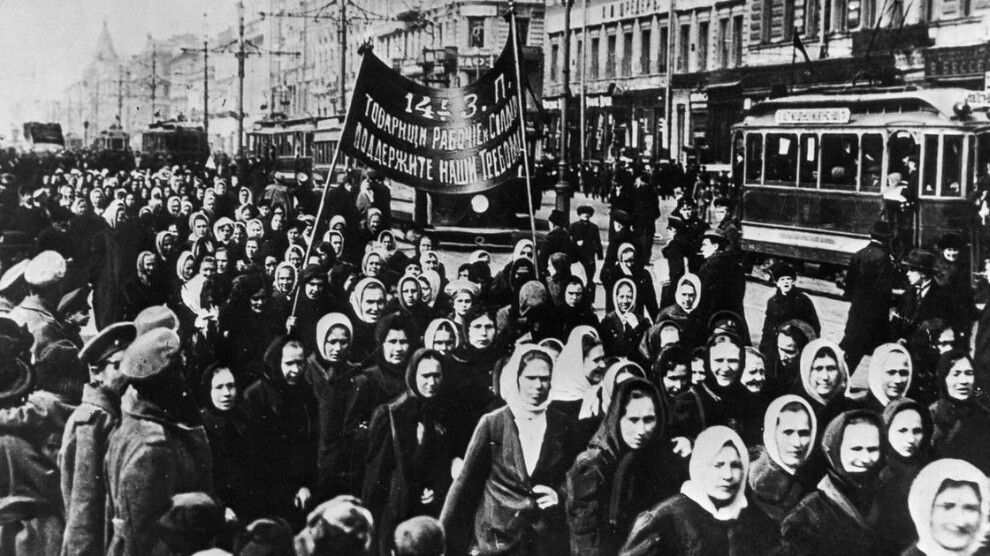The revolution that changed the world and women-1-
105 years have passed since the October Revolution took place. It rewrote all social rules and radically changed the lives of women all over the world.

News Center- On October 25, 1917, the Russian working class, led by the Bolsheviks, entered the Winter Palace of Petrograd. On that day, the October Revolution went down in history. Since Julian Calendar was used in Russia at that time, the revolution is known as the October Revolution. The October Revolution broke new ground in the lives of women, the oppressed and workers. Although, after the 1920s, the system evolved into the process called “Real socialism” and left the "direct democracy" at the core of the idea, namely socialism, the subject of our article series is not about that. Although more than a century has passed since the revolution, its fearful effect on the imperial powers, its impact on the working class struggle remains fresh, and the October Revolution continues to be celebrated every year and sheds light on the present day.
The working class seizing power to build a new society, ‘breaking the chains’, the world's 'first proletarian state' meant much more than the design of new property relations. This revolution was more meaningful for women. While building a new society, it was necessary to ensure that women were equal individuals in all spheres of life, in society, economy, law and social life. The October Revolution’s belief that all relations of social life could be rewritten and its power to radically change society were also important for women. The October Revolution was important for women for not only gaining their a few rights but also having a radical change in society.
Women ignored in Tsarist Russia
In Tsarist Russia, women were completely deprived of their rights in society and in their family. Women could live under the pressure of government, religion, spouses and within boundaries designed by them. It can be said that the roles of men and women were clear and they had an extremely traditional society at that time. During Tsarist Russia, women had only a role in society; they were seen as “Birth-giving machines’, the laws allowed men to openly beat their wives. Most of the women were illiterate. The bad living conditions caused women workers to face unprecedented persecution. The women were seen as slaves at home because their labor at home was invisible.
They became members of the Bolshevik Party
When the Russian Empire entered World War I in 1914, most of the men were sent to the war and many were killed in the war, resulting in many women working in factories. The aim was not to increase women’s participation in the labor force but to exploit their labor since there were no men working in production. Women participated in the labor force; one-third of women started working in heavy industry. The Bolshevik Party added the problems faced by working women in its program.
The Bolsheviks worked to organize the women into trade unions. They fought for women’s rights and for the unity in the working class against backward prejudices among many male workers. Thus, women workers became members of the party. Krupskaya, editor of the Rabotnitsa newspaper, and Alexandra Kollontai played a special role in training, raising and mobilizing working women. “The Woman Worker” by Nadezhda Krupskaya was the first indictment of women's oppression and exploitation. In the indictment, Krupskaya describes the lives and working conditions of women workers in Tsarist Russia and states that women's liberation can only be achieved by the overthrow of capitalism by the working class.
Many women such as Nadezhda Krupskaya, Inessa Armand and Alexandra Kollontai played an important role in the October Revolution. The role of women in the October Revolution is undeniable. The existence of the Bolshevik Party, which brought together the common power of women and brought women to the socialist struggle, was undoubtedly a great opportunity for women.
Tomorrow: The revolution that changed the world and women -2-
What did the revolution change?
